Master the Glide: Effortless Butters and Snowboard Techniques for Smooth Riding
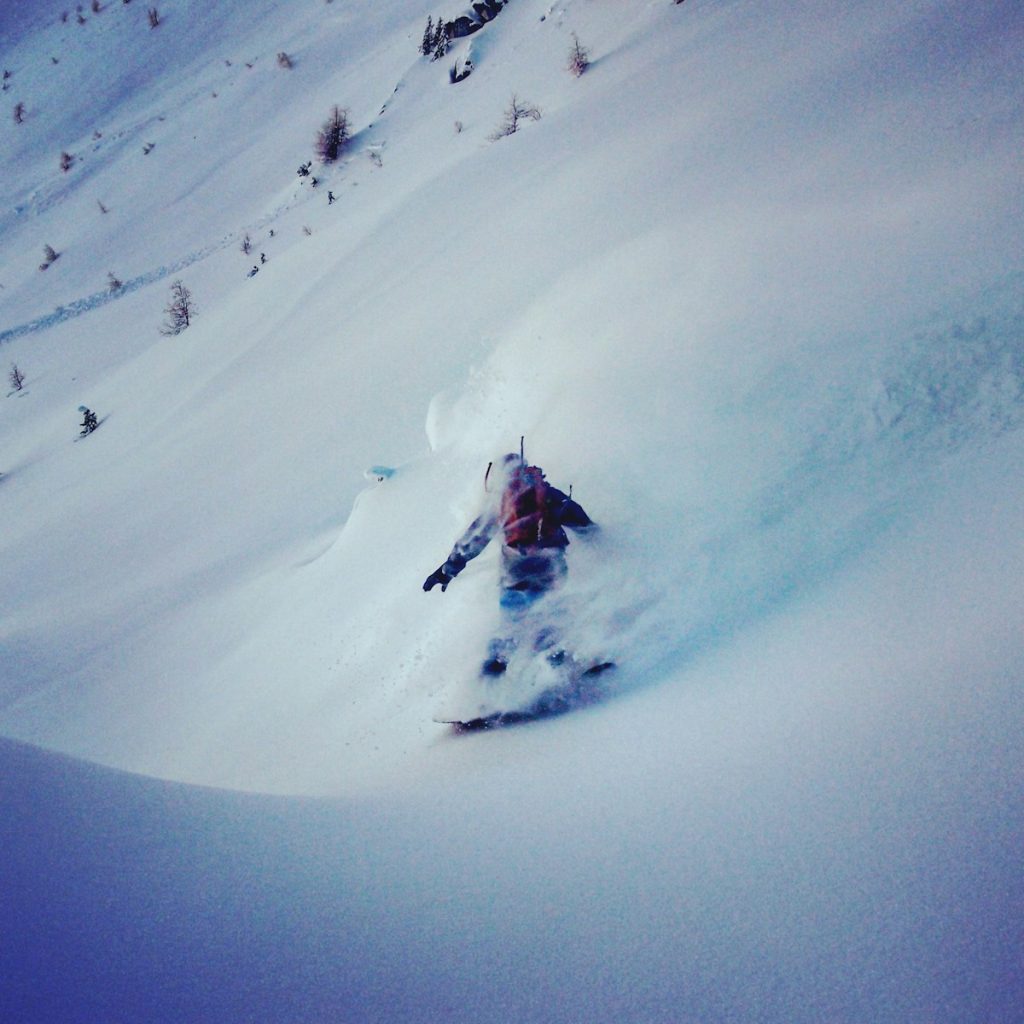
Struggling to nail that smooth, show-stopping “butter on snowboard”? Look no further. This step-by-step guide cuts right to the chase, taking you through the critical techniques of weight distribution and board control necessary to master the butter. We’ve distilled everything you need to know into succinct, actionable steps — without the fluff.
Mastering snowboarding ‘butters’ requires a clear understanding of weight distribution and a coordinated effort between the upper and lower body, emphasizing control and stability during tail and nose presses.
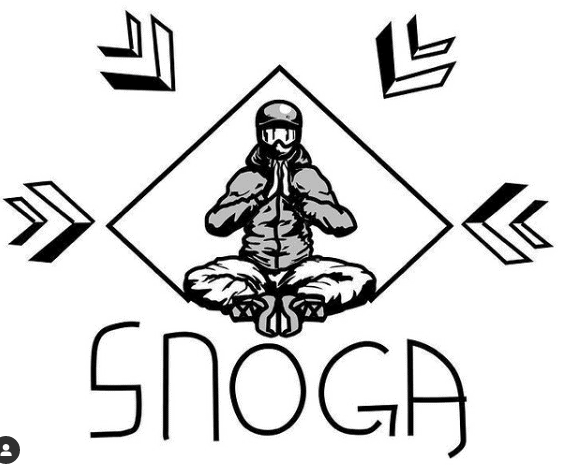
The Art of the Butter: Starting Your Journey

Shifting your weight towards the tail or nose of your board while keeping to your regular riding stance is what snowboarding is all about. It introduces an engaging element to exploring mountain slopes. To assume the fundamental position for buttering, you must bend at the ankles and knees, hold a straight back, and ensure that your head stays aligned with the direction in which you are moving.
Executing a fluid technique of buttering calls for harmony between the movements of both upper and lower body parts as well as seamless integration with your snowboard.
Understanding the Basics
Buttering revolves around the management of weight and mastery over your board. Imagine it as compressing either the nose or tail of your board into the snow, forming a fulcrum for rotating movements and various stunts. By transferring your body weight onto the nose or tail end of the snowboard, you cause its other end to rise above the snowy surface, enabling fluid rotations and diverse trick executions.
Preparing to Start Buttering
To initiate buttering effectively, confirm that your body alignment is optimized. Balance is key. Hence align your upper body, hips, and knees directly above the board where you apply pressure in a downward direction (Athletic Stance).
It’s crucial to maintain a straight back leg during this maneuver – refraining from turning it inward – as doing so can lead to an imbalance while exerting pressure on the board for buttering.
Finding Your Balance: Body Position and Movement

As you prepare to execute a butter, concentrate on preserving balance and refining the positioning of your body. Ensure that you distribute your weight evenly across the board’s center before commencing. This is essential for facilitating weight transfers toward the nose or tail of the board. As you engage in buttering, shift your weight onto the nose or tail while keeping a level base to avoid edges from engaging. Refrain from engaging the toe and heel edges so as to ensure a seamless glide during this maneuver.
The Role of the Upper Body
The role of your upper body is vital in the process of buttering. It’s important to maintain shoulder alignment with the board, which helps synchronize movements between your upper and lower sections. To create the required pressure on the snowboard, extend your knees and hips outward while coordinating them with the motion of your upper body.
For effective control over the snowboard’s rotational movement during this maneuver, activating your core muscles is essential. This engagement will help you manage how you rotate and manipulate the board beneath you.
Legs and Knees: The Power of Flexion (Bending)
The strength of your legs and knees is vital when it comes to buttering. For stability and control, bending or extending the back knee is crucial during this maneuver. Ensuring that the back knee properly aligns over the back foot provides a stable base essential for starting hops while performing a butter.
Pressing Dynamics: Tail and Nose Mastery

We’re going to explore the mechanics of executing nose and tail presses during buttering. It’s important to understand that performing a press doesn’t require bending from the hips or simply leaning forward or backward. The key is to reposition your hips and concentrate your weight over one particular area on the board.
Imagine guiding your body mass toward a designated point on your snowboard, which will prompt the board to elevate off the snow smoothly, without having to manually force it upwards.
Tail Press Fundamentals
To begin a tail press:
Transfer your weight onto your back foot, ensuring the board stays flat against the snow.
Once you’ve shifted your weight towards the tail, Shift it over the tail to elevate the nose from the snow while keeping shoulders and hips in line with the board for stability.
It is critical to keep the board flat throughout this maneuver to avoid losing balance and slipping out during execution of a tail press.
Nose Press Nuances
To successfully execute a nose press, transfer your weight forward from the hips, aligning it over the front knee and foot. This action is essential for raising the board and securing into position for a proper nose press. For optimal balance, keep your back straight without hunching at the hips.
Correctly distributing your weight toward the nose will cause the tail to rise on its own. You can achieve greater elevation of up to 5-7″ by stretching out your back leg. Begin with small lifts before advancing to this level of stability.
Rotation Rhythms: Adding Spin to Your Butter

We’re about to spice up the way you spread butter by introducing an element of rotation. Mastering spins while grounded is essential for improving balance and edge control when executing a butter on your snowboard.
Embarking on spinning maneuvers, a snowboarder should start with perfecting the Backside 180 before progressing to mastering the Switch Frontside 180. Achieving proficiency in both these moves will culminate in performing a seamless ground-based spin that completes a full 360-degree rotation.
Initiate with Ease
When embarking on a buttering spin, begin by moving your head towards the intended rotation direction. This movement dictates where the rest of your body will follow. Subsequently, let your shoulders mimic the motion of your head as if they are guiding you like a steering wheel to ensure a fluid turn. A standard sequence during such spins is performing a Backside 180 then transitioning into a Switch Frontside 180, with an emphasis on seamless toe-to-heel edge transitions for completion.
Full Circle: Mastering 360s
To execute a complete 360-degree turn on your snowboard, you must:
Become adept at switching from Backside to Frontside rotations of 180 degrees.
Ensure the rotation is fluid and unbroken to avoid snagging an edge.
A true display of skill in 360-degree spins is shown by consecutively executing several spins.
Keep in mind that consistent practice leads to excellence!
Elevate Your Butter: From Ground to Air

Once you have a firm grasp of the fundamental skills, it’s time to elevate your buttering abilities by incorporating elements of airtime. Ensure that you can perform both tail and nose presses with ease, demonstrating consistent stability and control while elevating either side of the board.
Moving on to airborne butters requires taking modest steps forward, beginning with practicing ollies or nollies. This will introduce an element of height into your buttering tricks.
First Hops
Integrating petite jumps into your butters not only presents a challenge, but it also sets the groundwork for more complex tricks on park obstacles. To effectively add a hop to your butter technique, take the following actions:
Shift weight onto the rear foot.
Elevate the front of your board.
Execute a hop by exerting pressure with your back foot and moving hips forward over the nose to achieve an effortless nose butter.
Commence hops training on an easy slope in order to develop the balance required for assured performance of this trick.
Advanced Aerial Butters
Are you eager to elevate your buttering skills? Begin honing them by tackling diverse terrain park obstacles such as tubes, down rails, and kinked elements. Incorporate nollies and ollies into nose press moves on boxes for added style. As you progress, challenge yourself. With street-style rails to advance towards more sophisticated aerial butters.
Remember that consistent practice is key to mastery. Persist in refining your technique until you attain a level of confidence in your abilities.
Snow Conditions and Slope Selection
It is crucial to choose appropriate slopes and snow conditions for safe and efficient buttering sessions. To minimize injury risk in the event of falls, it’s best to practice on soft snow.
When starting out with buttering techniques, opt for the beginner zone on the mountain where you’ll find consistently gentle slopes. Ensure that the slope you select is quite mild and spans a minimum length of 30-45′, allowing enough room to control your speed safely.
Soft Snow, Safe Landings
Engaging in snowboarding exercises such as buttering on soft snow offers a more lenient setting that fosters confidence-building while learning. Benefits of training under soft snow conditions include:
Diminished consequences from tumbles
Augmented safety, particularly when trying fresh tricks or recovering from imbalance
Refined capacity for managing velocity and trajectory
Seize the opportunity to enhance your snowboarding expertise next time you’re amidst the slopes by utilizing the cushioned terrain!
Seek out spots where the powder seems untouched and has a plush quality upon contact – these are prime zones signaling minimized danger for harsh landings.
Slope Analysis
Comprehending the slope’s ‘fall line,’ or its inherent descent path, is essential for executing butters with precision and safety. The steepness of the incline influences how challenging buttering will be and is imperative when picking suitable practice areas.
Evaluating a slope in terms of its gradient and fall line is beneficial in identifying prime spots to refine various techniques associated with buttering.
Protective Gear and Injury Prevention
Considering the hazardous aspect of snowboarding, it is crucial to don protective equipment such as helmets, wrist guards, and knee pads, which serve to reduce the risk of significant harm. This gear acts as a shield by dissipating the force from collisions, often converting what could be serious injuries like bone fractures into minor concerns like sprains or superficial wounds.
Suit Up for Safety
Head protection is vital for mitigating head traumas and concussions that represent 20% of injuries in skiing and snowboarding annually. For additional safety, it’s advisable to wear wrist guards since they safeguard against frequent injuries sustained from falling.
Mobility and Strength Training
Improve your physical agility and power through customized exercise regimens. The 12-week Shred 3.0 workout regimen is designed specifically for snowboarding, focusing on enhancing performance, preventing injuries, and extending athletes’ careers in the sport. Mobility Duo presents individualized care and instruction to maintain injury-free status among winter sports enthusiasts while optimizing their athletic performance.
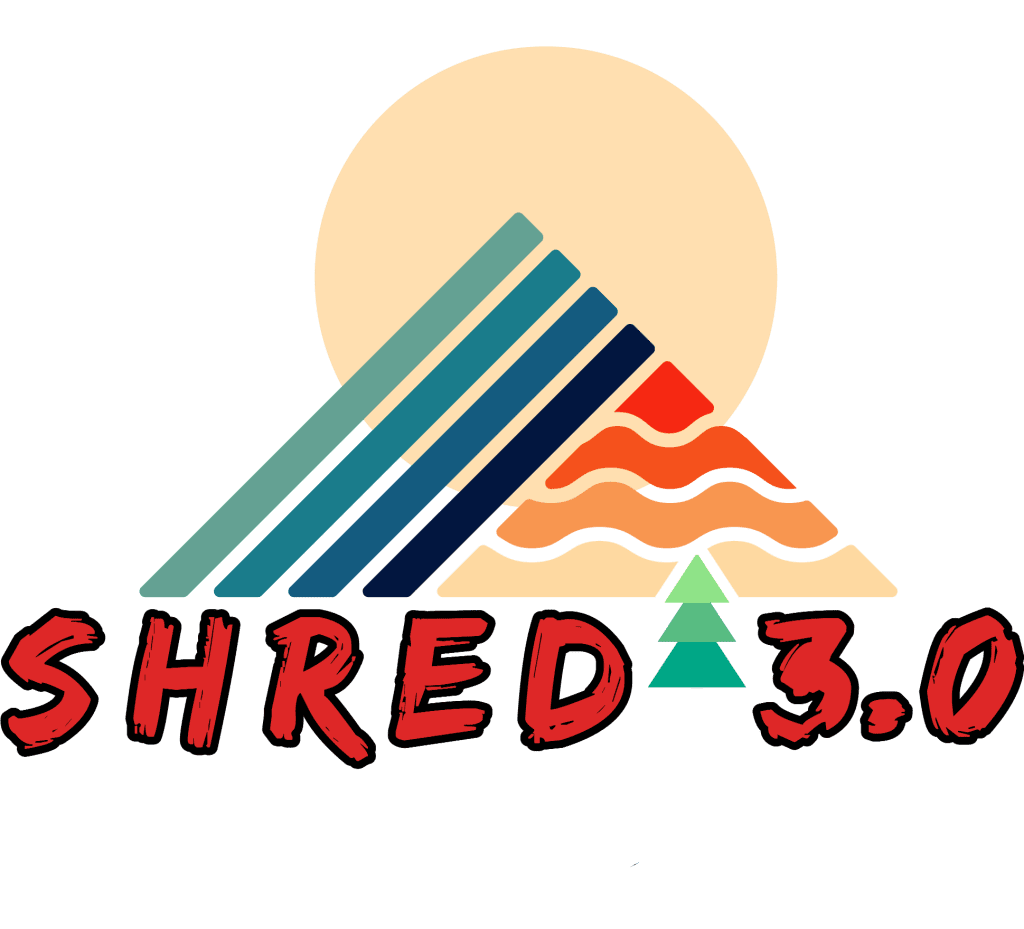
SNOGA provides an all-inclusive fitness plan that integrates yoga practices with weekly High-Intensity Interval Training (HIIT) sessions along with dietary guidance from a professional sports dietitian, aimed at bolstering general health and minimizing the risk of injuries.
Analyze and Improve: The Power of Recording
Capturing footage of your snowboarding endeavors has multiple advantages.
It allows for the evaluation and critique of technique and posture.
Delivers immediate awareness and visual cues to assess one’s performance.
Assists in envisioning the specifics of personal snowboarding style.
Identifies specific aspects that need enhancement.
Garners focused advice to expedite the advancement of abilities.
The use of video analysis stands as an essential resource for improving your proficiency in snowboarding.
Self-Review Strategies
Analyzing high-definition video exercises, along with receiving a comprehensive written evaluation from a coach, allows snowboarders to recognize and amend any technical errors or poor habits pinpointed during reviews by peers or experts. This process also facilitates monitoring your improvement over time and confirms that the refinements made to your technique are yielding improvements in performance.
Peer Feedback
Gathering insights from colleagues or mentors can significantly enhance your understanding of snowboarding maneuvers and expedite the process of perfecting buttering skills. Strategies for obtaining feedback might include:
Analyzing recorded outings with companions or instructors
Requesting targeted advice on enhancing techniques
Recognizing aspects that may elude the snowboarder’s self-awareness
Utilizing critiques provided by others, you are able to refine your abilities in snowboarding and progress towards becoming a skilled snowboarder.
The exchange of constructive criticism amongst peers creates an atmosphere conducive to learning, instilling motivation which empowers a rider to venture into novel tricks and surmount new obstacles.
Summary
In summary, the skill of buttering adds an exciting and fluid dimension to snowboarding, demanding careful balance, accuracy, and inventiveness. As you become adept at buttering techniques, your excursions on the mountain evolve into a harmonious ballet amidst the wilderness. Cultivate this art with perseverance, ensure you’re equipped with proper attire and gear, and continuously seek knowledge. Consider the slopes as your blank canvas awaiting strokes from your board—the paintbrush in hand. Embark now on crafting your magnum opus!

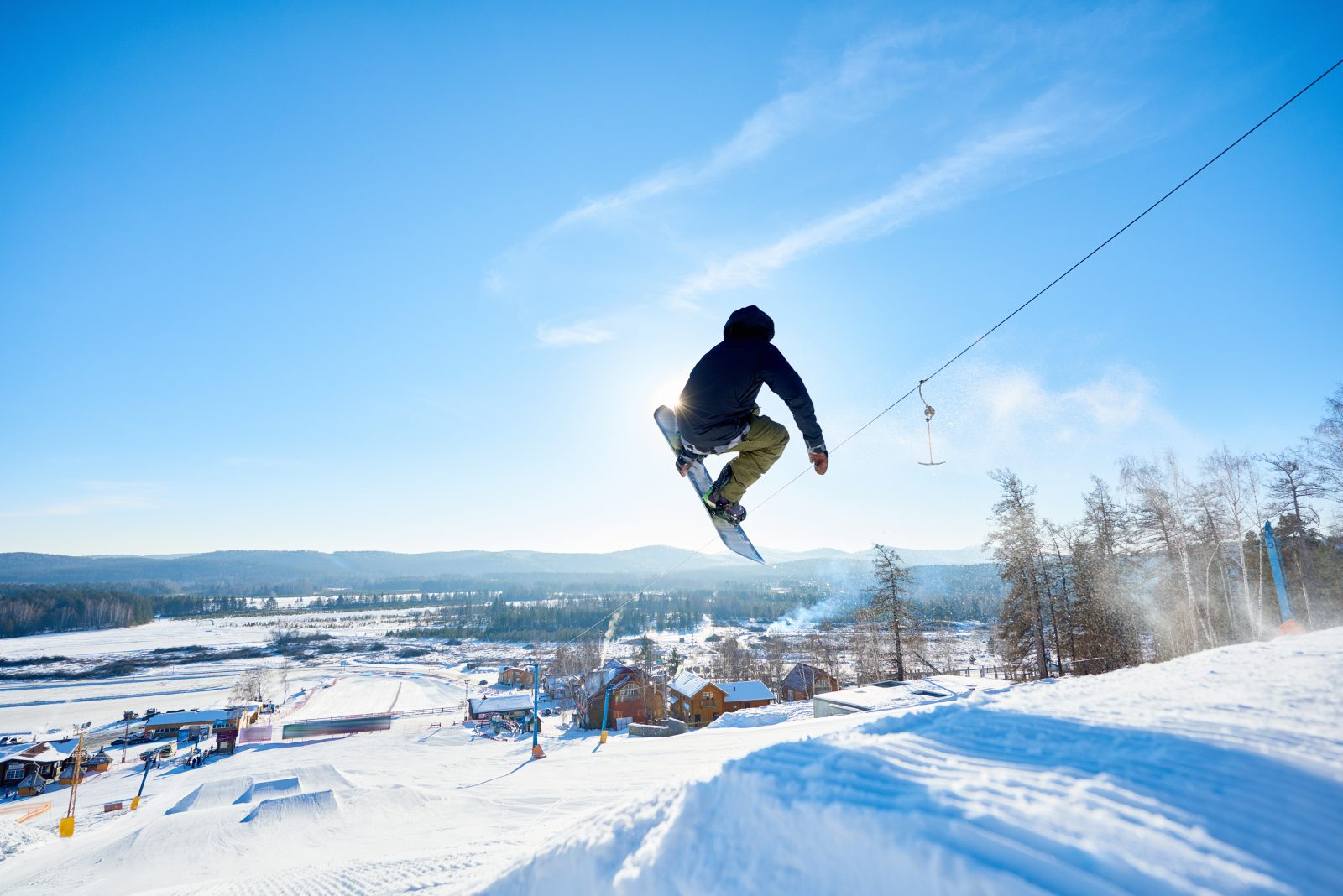
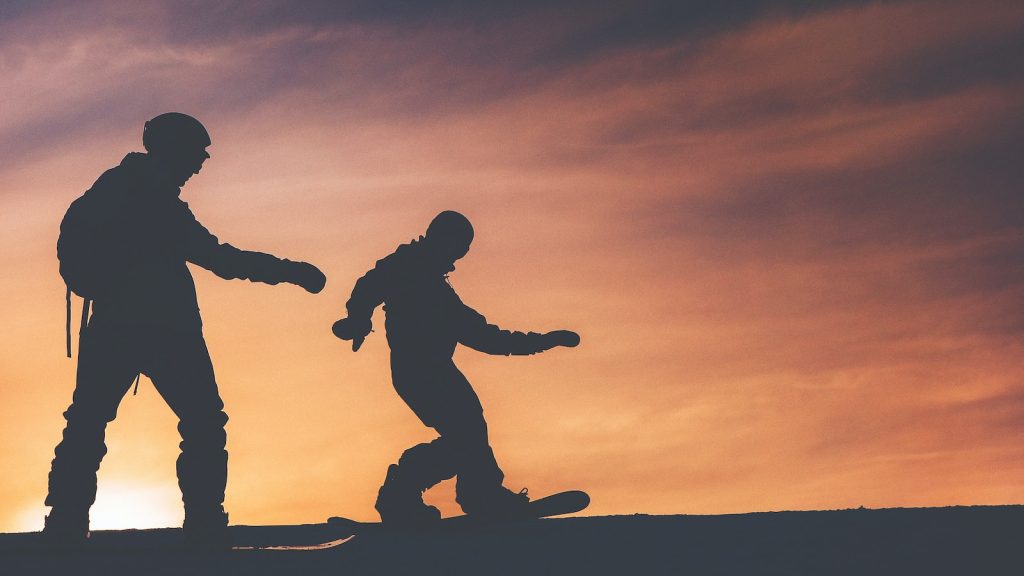

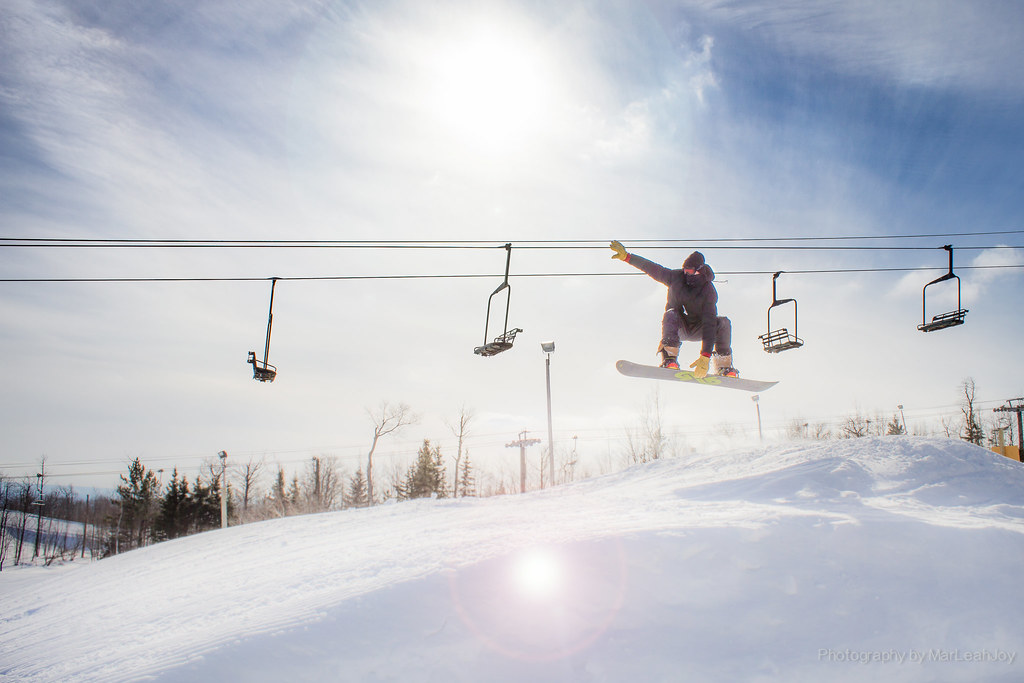
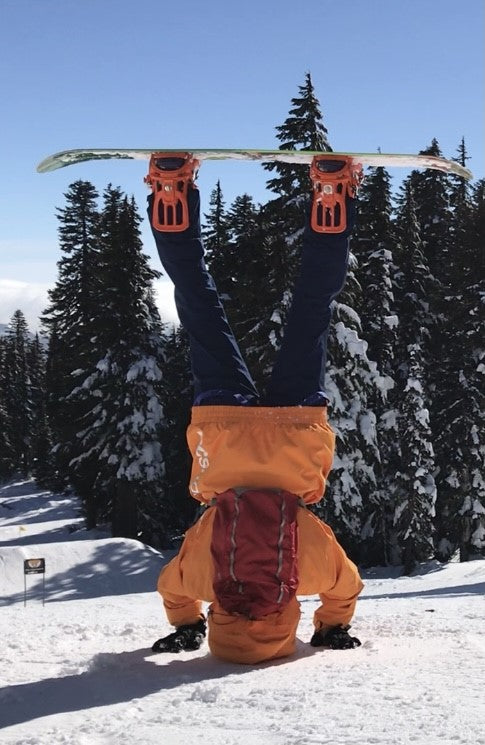
Responses